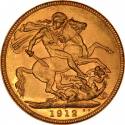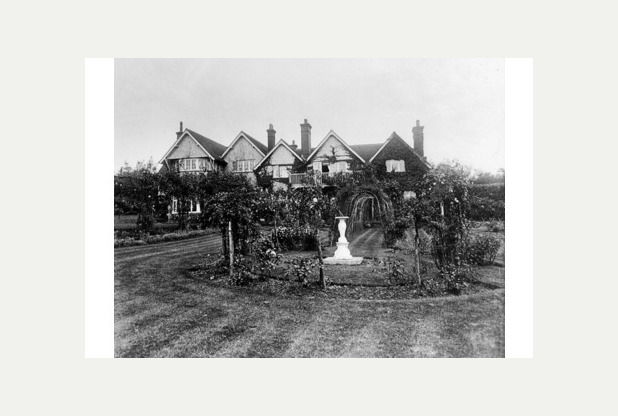A Scion Society of The Baker Street Irregulars

Sir Arthur Conan Doyle and the Mystery of the Lost Bag of Golden Coins (2012)
THE MYSTERY of the missing bag of gold was a case over which Sherlock Holmes might have pondered with the aid of his violin, his hypodermic syringe, and a couple of pipes of the strongest tobacco. And, of course, the support of the ever-faithful Dr Watson.
But this was a mystery which the famous detective was not called upon to solve. It was a matter for the Scouts of the 1st Crowborough Troop, and the bag of gold was the prize in a treasure hunt arranged by Holmes’ creator, Sir Arthur Conan Doyle.

The Scouts assembled on the lawn at Windlesham, Sir Arthur’s home in Hurtis Hill, on the sunny afternoon of Easter Monday, 1913. Sir Arthur told the boys that two walnuts would give them the first clue – and the hunt began.
Assistant Scoutmaster Bishop found the walnuts before very long. They contained instructions to “follow the trail of a private gentleman with a wooden leg”, obviously a prime suspect. Was he an associate of the villainous Moriarty?
Near the ghyll, Scout R. Banham found a further clue. It informed them that at the corner of the Sweethawes road they would be “very hot”. At that spot, Scout S. Child found a small white rubber dog. Nearby was an instruction to take the dog and follow a paper trail.
This led the Scouts back to the quarry, where the eagle-eyed Scout Child spotted the final message under an old tree.
It was disappointing. It read: “If you have not found the bag of gold, someone else must have taken it. You had better return to your starting point.”
Somewhat dejected, the Scouts trudged back to Windlesham, where Sir Arthur was waiting for them. He said that the dog must have led them astray, and deserved to have its head cut off – a sentence which Sir Arthur himself carried out.
He gave the decapitated body to assistant Scoutmaster Bishop. In its neck was a piece of paper and a bag containing six gold sovereigns. The quest for the missing bag of gold, and the man with a wooden leg, was over.

The Scouts gave three cheers for Sir Arthur and Lady Conan Doyle. Their host invited them into his billiards room, where he showed them various curios and explained their history and purpose. Then the boys marched to the Church Hall, in South Street, where Sir Arthur treated them to tea and congratulated them.
In 1925 he set the Scouts another challenge. He asked for their help in finding three snakes which had escaped from his private collection – a tree cobra, a Russell’s viper, and a common green snake. He purposely omitted to tell the boys that the three reptiles were stuffed.
All 16 Scouts set off for the golf course, armed with forked sticks and iodine in case of accidents.
Vic Turk, who later became Scoutmaster, found the first snake in a quarry. A quarter of an hour later another snake was found near the 12th green, and the third, the tree cobra, was discovered in the grounds of Windlesham.
Sir Arthur was very pleased, and presented valuable books to the three finders. He entertained the boys to tea at Mockett’s cafe in the Broadway, and afterwards Lady Conan Doyle took them to the cinema.
This story originally appeared in the March 23, 2012 edition of The Kent and Sussex Courier and is reprinted here with their permission.

